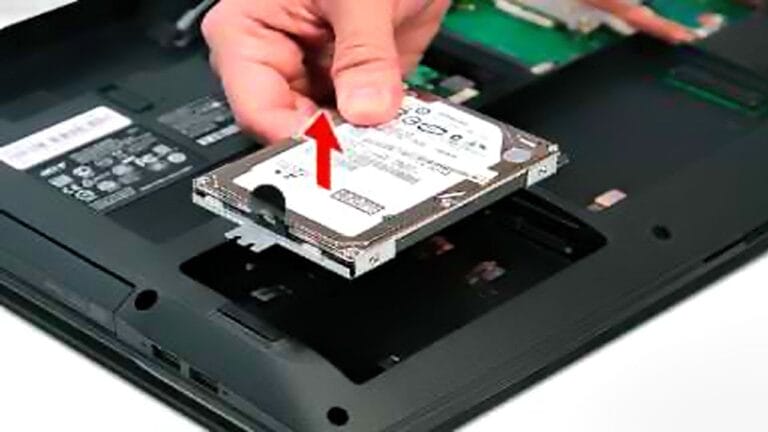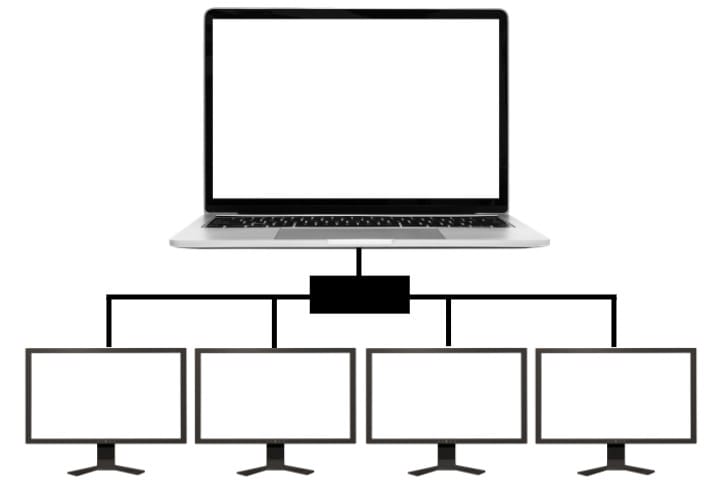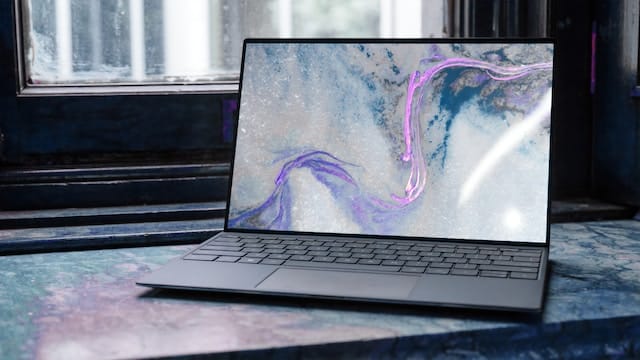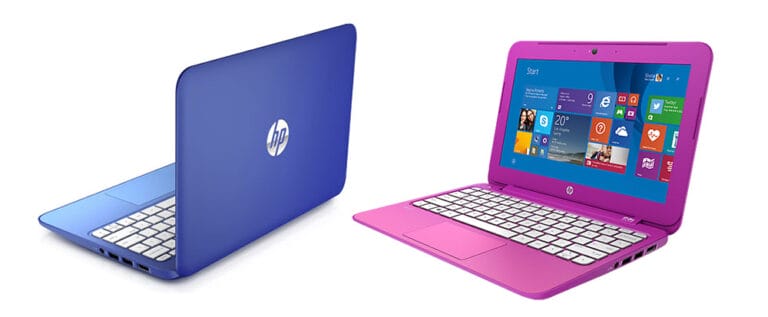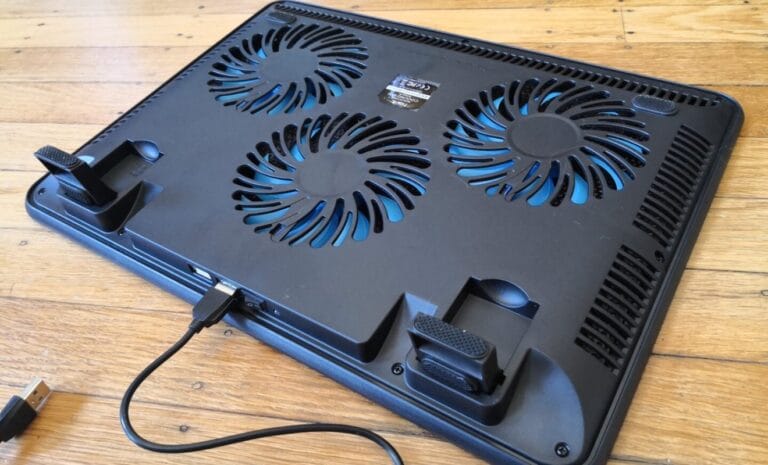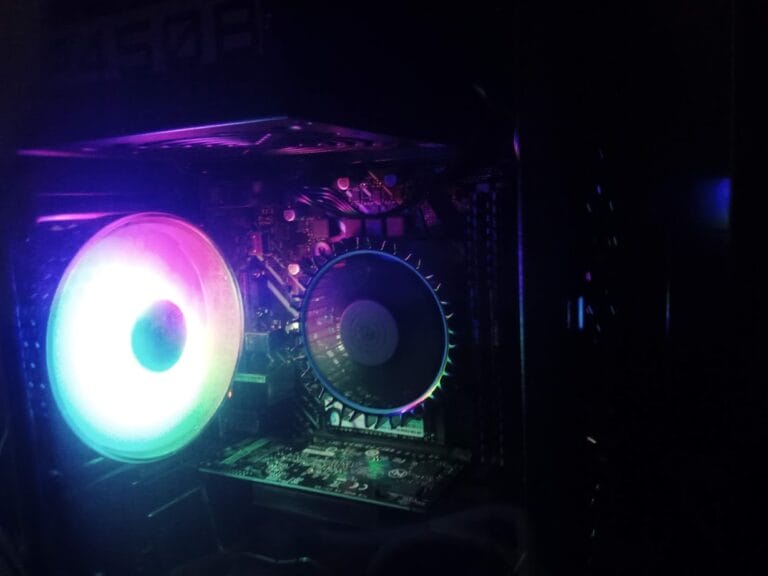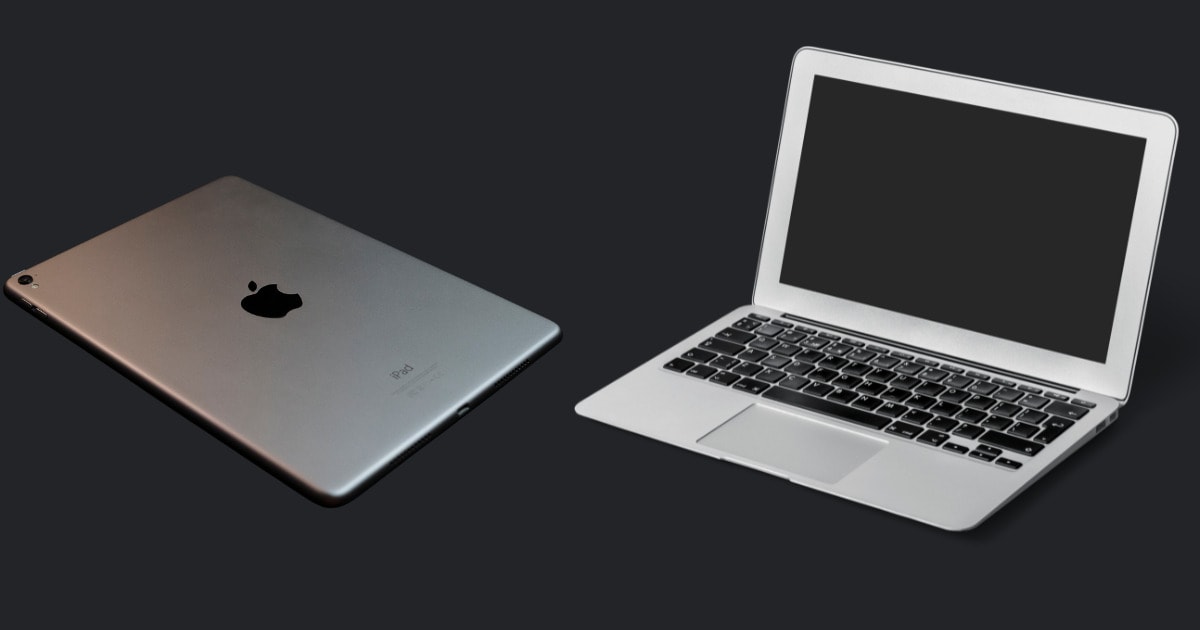
Are you curious about the difference between an iPad and a laptop? Well, you’re in the right place! Let’s dive into this exciting topic and explore the unique features of these two popular devices.
Nowadays, technology is all around us, and devices like iPads and laptops have become an essential part of our daily lives. But what sets them apart? In this article, we will unravel the mysteries and compare the key characteristics of iPads and laptops.
So, whether you’re a tech-savvy teenager or just someone who loves gadgets, get ready to discover the fascinating world of iPads and laptops and find out which one is the best fit for your needs. Let’s get started!
What Is The Difference Between An Ipad And A Laptop
When it comes to choosing between an iPad and a laptop, there are several key distinctions to consider. Let’s explore some of the differences:
- Operating System: iPads run on iOS, while laptops typically use Windows or macOS.
- Form Factor: iPads are lightweight and portable with touchscreens, while laptops are bulkier but offer physical keyboards.
- Software and Applications: Laptops have a wider range of software options, while iPads excel in app-based environments.
- Productivity: Laptops are better suited for multitasking and heavy-duty tasks, while iPads are great for consuming media and digital drawing.
- Price: Generally, laptops offer more affordability and customization options compared to iPads.
Consider these factors to make an informed decision based on your personal needs and preferences.
Form Factor and Portability
When it comes to form factor and portability, the iPad is the clear winner. It is slim, lightweight, and highly portable, making it ideal for users who are always on the move. The iPad’s compact design allows for easy handling and comfortable use, whether you’re using it while commuting or lounging on your sofa.
In comparison, laptops tend to be bulkier and heavier, compromising their portability. However, laptops make up for their larger size with features like full-sized keyboards, larger displays, and better connectivity options. Ultimately, the choice between the two devices boils down to personal preferences and the need for portability.
The iPad’s compact size and weight also make it a versatile device for in-hand use and diverse usage scenarios. Its touchscreen functionality enables intuitive navigation and interaction, making it an excellent choice for tasks that require precision and flexibility, such as graphic design or drawing. Additionally, iPads have longer battery lives compared to laptops, ensuring uninterrupted usage for extended periods.
On the other hand, laptops offer a more traditional computing experience, with physical keyboards, trackpads or mice, and the ability to run desktop applications. This makes them well-suited for tasks that require extensive typing or resource-intensive software, like programming or video editing.
Software and Applications
The disparity between the iPad and the laptop becomes evident when considering their software ecosystems. iPads run on iOS, Apple’s mobile operating system, while laptops generally run on Windows, macOS, or Linux. The operating system heavily influences the available applications and software compatibility.
iPads are known for their app-centric approach, with access to the Apple App Store and a vast library of optimized applications specifically designed for the iPad’s touch interface. These apps cater to a wide range of needs, including productivity, creativity, entertainment, and more.
For instance, the Apple Pencil, an accessory exclusive to the iPad, allows users to take handwritten notes, annotate documents, and create stunning digital artwork. Although iPads support a limited selection of desktop-class apps, such as Microsoft Office or Adobe Photoshop, they excel in providing a seamless and intuitive user experience for touchscreen-oriented tasks.
Laptops, on the other hand, offer a full-fledged operating system and compatibility with a diverse array of software and applications. With laptops, users can run desktop versions of popular software, leveraging their full potential for tasks like programming, photo and video editing, and gaming.
The flexibility of laptops allows users to multitask effortlessly with multiple windows, connect to external peripherals for enhanced functionality, and install a wide range of applications from different sources. For users who rely heavily on specific applications or require a more robust computing experience, laptops are often the preferred choice.
Connectivity and Storage
When it comes to connectivity and storage capabilities, both iPads and laptops offer distinct advantages. iPads come equipped with built-in Wi-Fi and optional cellular connectivity, allowing users to connect to the internet on the go.
This makes them a great choice for users who are constantly traveling or prefer the convenience of staying connected without relying on Wi-Fi hotspots. However, iPads, particularly the entry-level models, tend to have limited storage options.
Users must rely on cloud storage services or external storage devices to supplement the onboard storage. On the other hand, laptops offer a wide range of connectivity options, including multiple USB ports, HDMI, Ethernet, and more. Additionally, laptops usually have larger storage capacities, allowing users to store files and applications locally without heavily relying on external storage solutions.
In summary, iPads and laptops each have their own unique strengths and weaknesses. iPads excel in terms of portability, touch-based interface, and app-centric user experience.
They are perfect for users who prioritize mobility, intuitive navigation, and ease of use. Laptops, on the other hand, offer a more versatile computing experience with their larger displays, physical keyboards, extensive software compatibility, and connectivity options.
They are better suited for users who require a full-fledged operating system, multitasking capabilities, and the ability to run resource-intensive applications. Ultimately, the choice between an iPad and a laptop depends on your individual needs, preferences, and the specific tasks you plan to accomplish.
So, weigh the pros and cons and choose the device that aligns best with your requirements. Remember, whether you opt for an iPad or a laptop, both are highly capable devices that will undoubtedly enhance your digital journey.
Frequently Asked Questions
Welcome to our frequently asked questions section where we will answer some common queries about the difference between an iPad and a laptop.
1. Can an iPad replace a laptop?
While an iPad can perform many of the same tasks as a laptop, there are some key differences to consider. One of the main differentiators is the operating system. iPads run on iOS, which is a mobile operating system, while laptops typically use Windows or macOS.
This can impact the compatibility and availability of certain software and programs. Additionally, laptops generally offer more processing power, storage capacity, and flexibility in terms of connectivity options such as USB ports.
However, for tasks like web browsing, media consumption, and lightweight productivity, an iPad can be a viable alternative to a laptop.
Ultimately, whether an iPad can fully replace a laptop depends on the individual’s specific needs and use cases. If you primarily require a device for basic tasks and portability, an iPad might be a suitable choice.
However, if you rely heavily on complex software, need ample storage space, or require extensive multitasking capabilities, a laptop would likely be a better fit.
2. What are the advantages of using a laptop over an iPad?
Laptops come with several advantages over iPads that make them suitable for certain tasks and user preferences. One of the main advantages is their greater processing power and overall performance. Laptops are typically equipped with more powerful processors that can handle resource-intensive applications, making them better for tasks like video editing, 3D rendering, and gaming.
Moreover, laptops generally offer a wider selection of software and applications due to their compatibility with different operating systems.
Another advantage of laptops is their versatility in terms of connectivity options. Most laptops have multiple USB ports, HDMI ports, and memory card readers, allowing for easy connection to external devices and peripherals. Additionally, laptops often have larger screens and more varied keyboard options, making them more suitable for tasks that require extended periods of typing or require a larger display for content creation or productivity.
3. Are there any advantages of using an iPad over a laptop?
Absolutely! iPads come with their own unique advantages that can make them the preferred choice for certain users and tasks. One of the key advantages is their portability and lightweight design. iPads are smaller and lighter than laptops, making them easier to carry around and more convenient for travel. They are also equipped with touchscreens, allowing for intuitive and direct interaction with the device.
Another advantage of iPads is their longer battery life compared to most laptops. iPads are designed to be energy-efficient and can often last for many hours of continuous use, making them ideal for tasks like reading, web browsing, and media consumption without the need for frequent charging.
Additionally, iPads have a vast array of apps optimized for tablet use, providing a seamless and user-friendly experience for various tasks, such as note-taking, digital art, and entertainment.
4. Can an iPad run all the same software as a laptop?
No, iPads cannot run all the same software as laptops due to differences in operating systems. iPads use iOS, which has a more limited selection of compatible software compared to Windows or macOS. While there are many apps available for iPads, some specialized software or applications commonly used on laptops may not have an equivalent version for iPads.
However, developers are continuously expanding the availability of software for iPadOS, and there are alternatives or similar apps for many common tasks. Additionally, there are cloud-based solutions that can provide access to certain desktop software through an iPad, although it may come with some limitations.
It’s important to consider the specific applications or software you need for your work or hobbies and check their availability before deciding between an iPad or a laptop. In some cases, there may be comparable apps or alternative workflows available on an iPad that can meet your needs.
5. Which device is better for gaming, an iPad or a laptop?
When it comes to gaming, laptops generally offer a better overall experience compared to iPads. Laptops often have more powerful hardware, including dedicated graphics cards, that can handle demanding games with higher graphics settings and smoother performance.
Additionally, laptops typically have a wider range of game titles available, including popular PC games that may not be optimized for iOS.
While iPads have a growing selection of games in the App Store and offer touchscreen controls, the overall gaming experience may be more limited compared to laptops. That being said, there are still many enjoyable games available for iPads, particularly those designed specifically for touchscreens or optimized for the iPad’s unique features.
So, now you know the difference between an iPad and a laptop. iPads are like big iPhones – they’re portable, touchscreen devices made for browsing the web, playing games, and watching videos. Laptops, on the other hand, are more powerful, with keyboards and trackpads, and are used for tasks like writing essays, editing photos, and running software.
While iPads are great for entertainment and on-the-go use, laptops are better for productivity and more complex tasks. It all depends on what you need!
Whether you’re looking for something to play games on or a tool for getting work done, understanding the differences between iPads and laptops can help you make the right choice. So, next time you’re shopping for a new device, think about how you’ll be using it and what features are important to you. Happy tech shopping!

